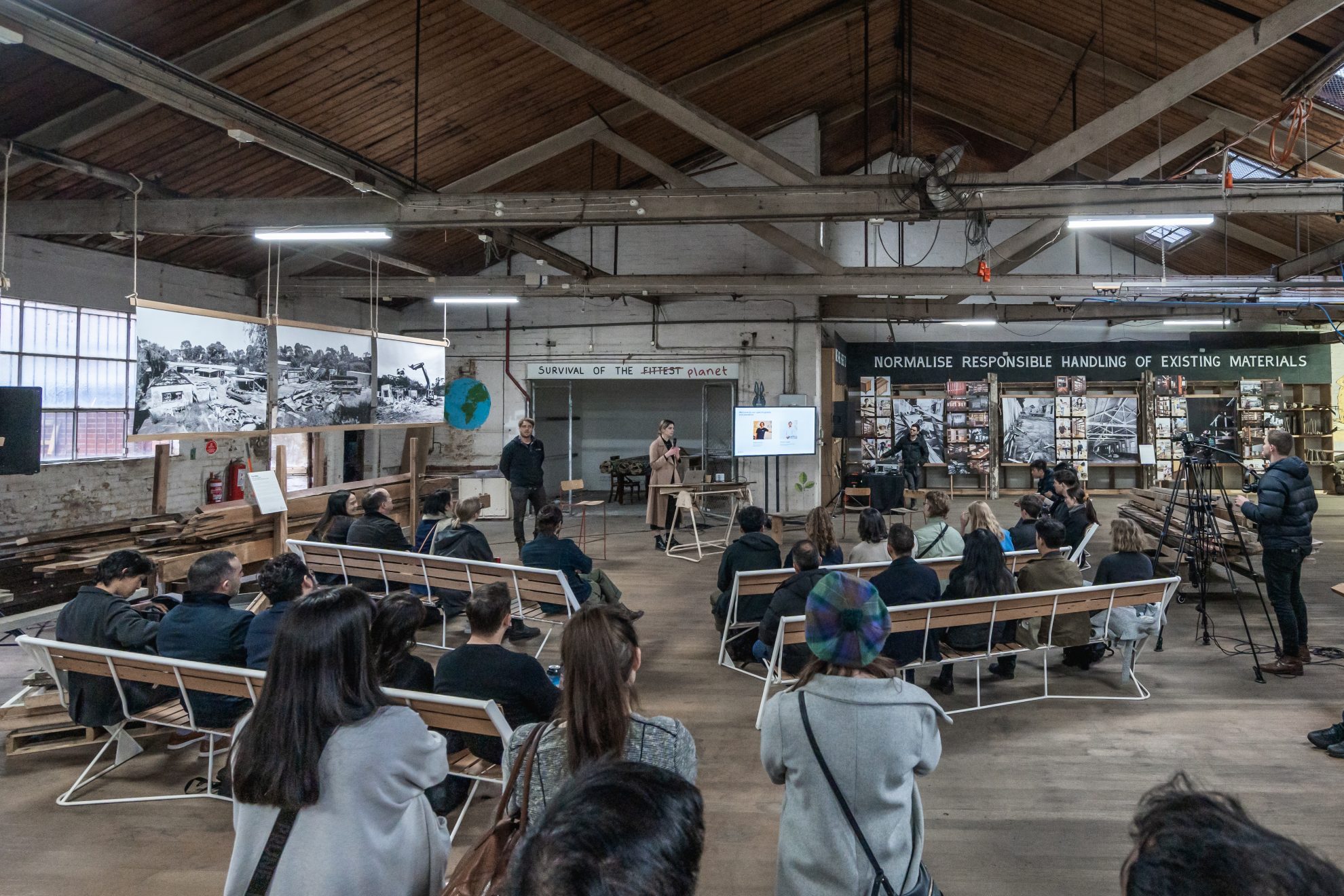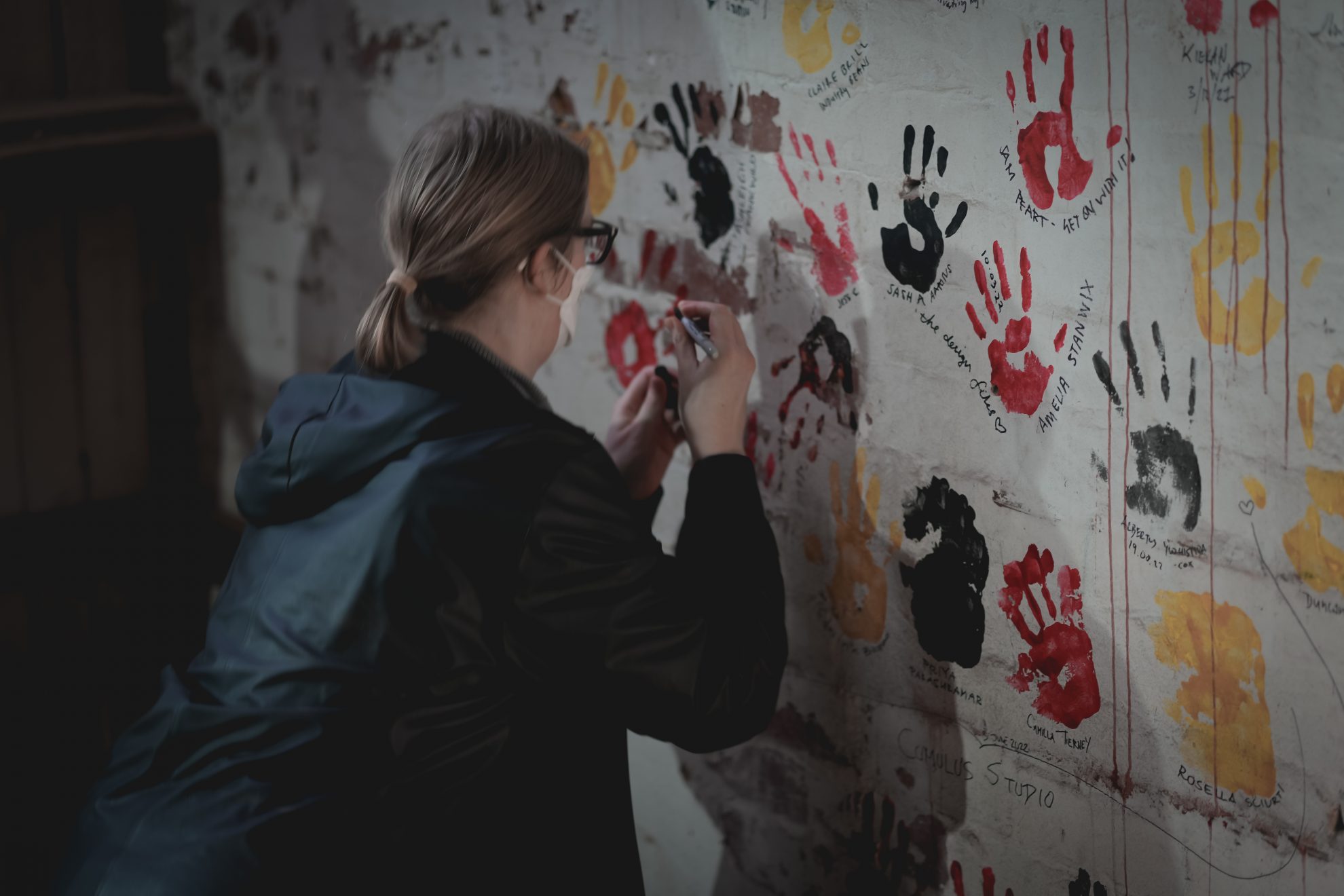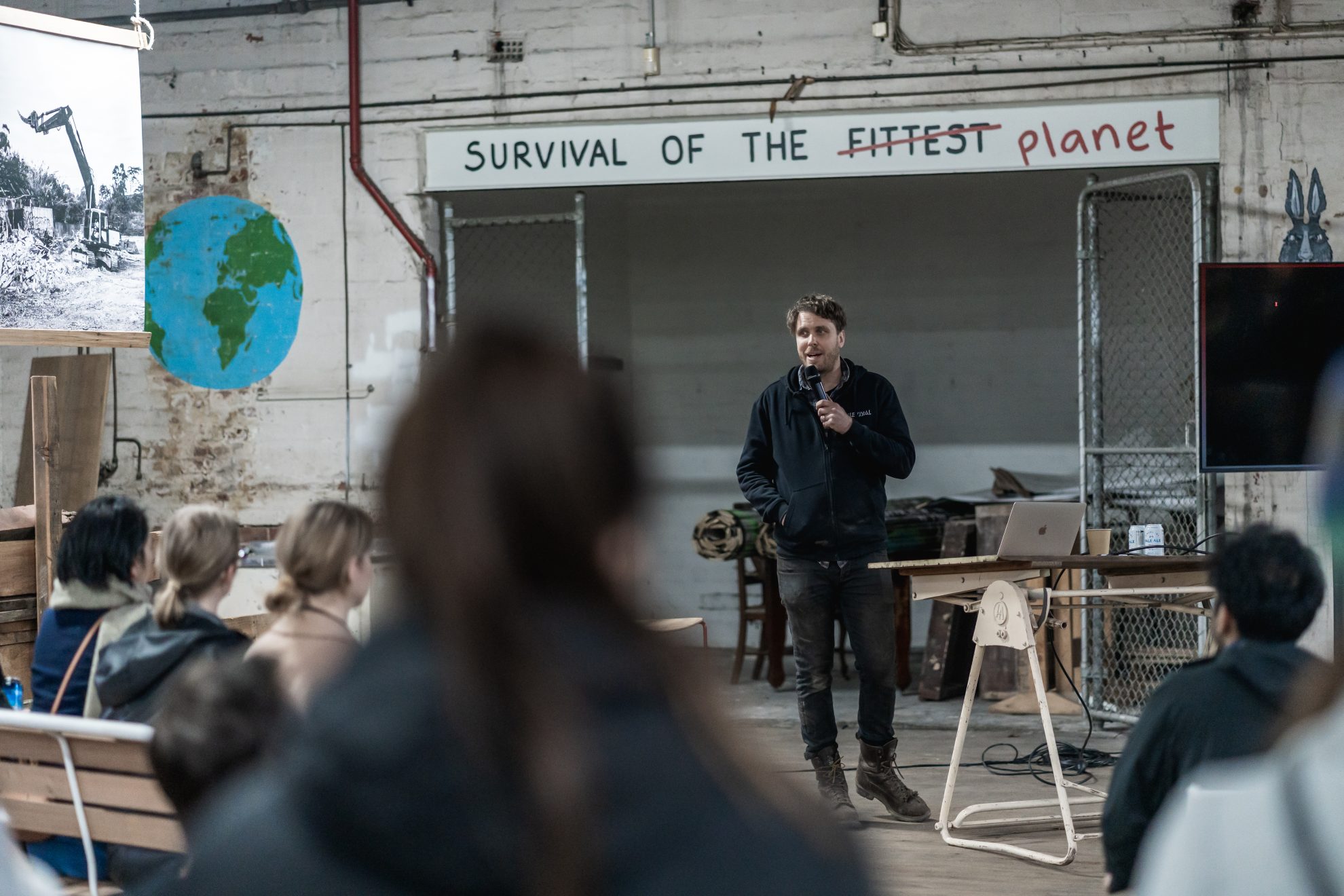Reflecting on Regenerative Design Month

August 2022 marked COX’s first Regenerative Design Month (RDM). The initiative saw our studios across Australia take part in talks, panels, competitions, and events, seeking to deepen our understanding of regenerative design and how we can go beyond net zero.
Key to the work of our National Sustainability Team, regenerative design enables us to leave behind strategies that are no longer equal to the interconnected ecological, social and health crises we face. It seeks to put design and construction to work as positive forces that repair natural and human systems.

So why did we hold Regenerative Design Month?
COX created RDM to raise awareness on the role the built environment plays in addressing the environmental, social and health crises our society currently faces. These events sought to reinforce that these issues cannot be addressed through siloed checklists but are all intrinsically and explicitly linked.
RDM reminded our people that we are part of Earth’s ecosystem, not separate to it, and as a result should be caretakers – not destroyers. The spaces we design must reflect this, and we must build on COX’s regenerative practice capacity.
Ultimately, RDM wanted to inspire and bring hope to a time that’s fraught with climate change anxiety.
Student Designer Nicole Campbell attended the event, she said that ‘as a student, RDM offered an insight into the broad opportunities for environmental conservation currently being tested in practice, beyond what is taught at uni. From Veena Sahajwalla’s micro-recycling factories to Revival’s documentation of diss-assembled construction materials for re-use, it was interesting to understand the interdisciplinary nature of such innovations needed in order to overcome current industry constraints.’
Student Designer (Melbourne), Nicole Campbell
This new breadth of insights and precedents are helping me to question the role architecture has to play in a transition to more environmentally responsible communities within my own Masters projects.

Why is Regenerative Design an area of focus for COX?
Simply reducing environmental and social impacts, while commendable, isn’t enough to confront the multiple crises of the 21st century. Moving towards regenerative design practices allows design and construction industries to play a role in repairing natural and human systems; enabling us to leave behind strategies that are no longer equal to the challenges we face.
Through RDM we heard from organisations such as Finding Infinity, who showed us that we have the technology to transition towards a built environment that gives more than it takes. All that is missing is the mindset shift away from linear problem-solving towards a ‘systems-based’ design approach, where projects are interventions within complex interconnected ecological, organisational, economic, and cultural systems. Projects designed with a systems-based approach have the potential to be closed loop, multi-solving innovators, that are regenerative as opposed to extractive. Ultimately, supporting resilient and healthy communities.
As a result, COX has committed to an ambitious target for all new projects to be regenerative by design by 2035.


Speakers spanning Disciplines
No single perspective can solve the multiple interconnected issues we face today – something that works for one stakeholder may be detrimental to another. When discussing regenerative design, we structured our event series from varying points of view, including First Nations speakers, landscape architects, materials scientists, urban strategists, engineers, and architects.
Throughout the month, we held two free webinars open to the public with the 2022 NSW Australian of the Year, inventor and waste crusader, Professor Veena Sahajwalla, and Director of Melbourne School of Design, author of Dark Matter and Trojan Horses, and acclaimed urban strategist, Dan Hill.
These talks not only sparked interesting conversation and educated our people and community, but also raised money for Women’s Property Initiatives, Victorian Forest Alliance and Pratham.
Laura Turner, National Regenerative Design Lead
We are so grateful to our speakers for their contagious energy and generosity throughout Regenerative Design month and beyond. It’s clear to me that a resilient and regenerative future will be a collaborative effort built upon an understanding of human-nature relationships and a deep respect for Country. Embedding these practices into the way we design our built environment is a challenge that I’m excited to explore with our regen community.
Did you miss these talks? Catch up below:
What now?
‘Business-as-usual is like jumping off a 38-storey building, being asked how it’s going as you pass the 18th floor and replying – “great so far!”’
As a society, we can move beyond linear problem-solving, and shift towards creating health, vitality, and resilience through regenerative design practices.
Join us in this revolution by following the work of our RDM guests who are leading the charge, acting wherever you have agency, and building capacity in your community.